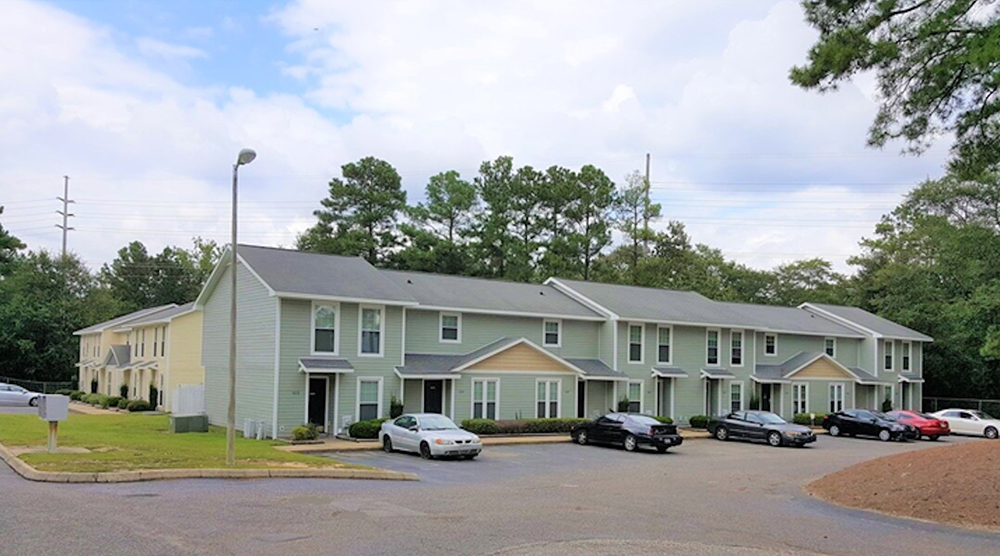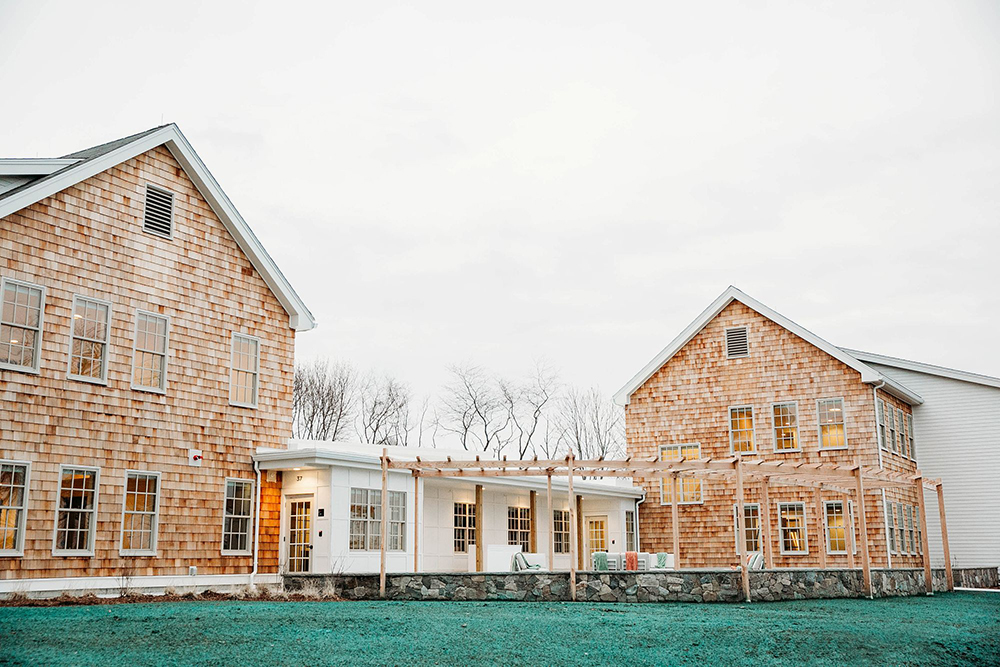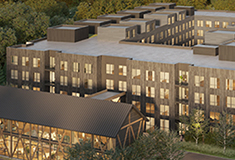News: Financial Digest
Posted: December 13, 2007
China trade: My impression from a recent short visit
I went to China last month for a few weeks, tagging along with my wife who was there on more serious business, attending an International Conference on Landscape Architecture. It was the first time we had been, and it is obvious that many others have been there for years and are participating in what we all know to be one of the best "growth" stories in history.
Since I was there for a short time, and since I do not pretend to have researched empirical evidence, my story is about impressions only. Many of you readers will know a lot more, but still may find these thoughts interesting.
My perspective is clearly that of a real estate professional, but also comes from an urban planning context which are my academic roots. I have a great deal of interest in cities, and am fascinated by the economic and political issues that make them grow or shrink. So, I spent most of my time in Beijing.
First, growth in Beijing is overwhelming, as we have all heard. Some statistics indicate that there are more office buildings currently under construction in Beijing than exist in total in Manhattan. Others quip that the national bird of China is the crane, i.e. the construction crane which sits perched over these new buildings. Others say the people are adding one thousand cars per day to Chinese traffic. Others say the cost of steel and concrete in the U.S. has jumped 25% over the last two years, largely because the demand for construction in Beijing.
I suspect all of these statements are true, as I review my images of the city. The city is overwhelming in its excitement, size, traffic, and often in its pollution. This said, there are a couple of ways to participate, or not. One is by staying in five star hotels where they are numerous business conference rooms, concierges, and other attendants eager to help facilitate the international business that goes on there. Trendy high-end shops and restaurants are contained within, so that the people there never need go outside. I stayed for awhile in one of these hotels, and it could have been anywhere in the world. The other way to visit Beijing (and are there are obviously shades of grey), is as a "civilian" or unguided tourist, ready and willing to go with the flow of the city. I chose the latter.
While I waited for my wife to return from the conferences of several other cities, I spent time with my old friend from college who was teaching law at Peking University for one semester. He knew something about the city, and he and I decided to take the "low road" as we often had in college. That is, we took some taxis, but we also took subways; we ate in small cheap restaurants where the locals ate; we bicycled around the city and into the "Hutong", the old historic but also slum-like neighborhoods. We went to the markets where the Chinese were, and we rarely saw an American. In short, we experienced the soft underbelly of Beijing. The approach allowed me to see the city at street level.
On the street, there is a lot of traffic. You can sit in a limousine for hours waiting to cross town, or you can walk or bicycle with the majority of people. As I said, we often chose to walk. In any case, the convergence of this multi-modal system is chaotic. Many of the new streets are eight lanes wide, and all forms of traffic move at once. Crossing eight lanes as a pedestrian is daunting. You do it lane by lane, often stopping in the middle of the street with cars whizzing by on both sides. Hundreds of bicycles at each intersection move towards you and somehow miraculously dart around you at the last minute. We sensed the safest way to cross was to make sure there were twenty or thirty people on each side of you, who seemed to know what they were doing.
As I also said, we ventured into the subway. I don't think it is condescending to say that very few people speak English in Beijing, particularly in the streets and in the subway. If you can't read or speak Chinese Mandarin, you have to be prepared to wander around aimlessly underground for hours; you have to want to do that experience. And when you actually get on the subway car, you will be packed in, with a hit or miss possibility of getting off at the station that you think you need to be at.
Despite this chaos, I was always impressed that there was no road rage or even mild anger. The taxis and cars beep at each other incessantly, but it more with a warning tone than with anger. When in a taxi, I marveled at how the driver showed no emotion whatsoever at the traffic jams or at hundreds of people crossing at each intersection. I can only surmise that individuals felt respect for one another, a sort of a feeling that they were all in it together.
This leads to my final impression. It seems like there was a whole teamwork of people working towards this growth and progress. A recent article in the New York Times also alluded to this, i.e: that it is not a city or culture of individuals; it is a culture of collective workers which stems in part from the most recent political system, as well as past history. There is a reverence for family, a respect for elders, a sense of continuity that we do not often see in this country. In meeting some farmers outside of Beijing, they told me that young members of the family would often travel to the city to earn an income, send some money back to the small farm, leave the kids at the farm to be reared by grandparents, educate the kids, return to the farm to help aging parents, and expect the same from the children. This culture pervades the workplace and helps facilitate the growth story.
I would love to be working in real estate in this environment. It's exciting, and smart people will do really well. However, one would have to expect to have enormously patient funds and people involved in any real estate participation here. Also, it is clear that there are many who have been here, behind the scenes, for decades planning for this phenomenon. In short, the train has left the station. Whether it is a run away train or just the Osceola, your guess is as good as mine.
Daniel Calano is principal and managing partner for Prospectus Inc., Cambridge, Mass.
Tags:
Financial Digest
MORE FROM Financial Digest
Preservation of Affordable Housing secures $23.5 million in financing from Rockland Trust and Citizens Bank
Cambridge, MA The nonprofit Preservation of Affordable Housing (POAH) has secured $23.5 million in financing from Rockland Trust and Citizens Bank to transform a 150-year-old, underutilized church complex into housing. The project will ultimately create 46 affordable family-sized apartments.

Quick Hits
Columns and Thought Leadership

Conn. hospitality market: A technical appraisal perspective on market dynamics and valuation challenges (2019-2025)
The Connecticut hospitality market has demonstrated uneven recovery patterns between 2019 and 2025, with boutique and historic properties achieving $125 RevPAR in 2025, up 8.7% from the 2019 level. Coastal resort properties achieved a $105 RevPAR in 2025, representing 10.5% growth since 2019. Casino corridor properties maintained modest growth with RevPAR improving 4.5% to $92 in 2025.

Examples of investors who used Kay Properties for legacy and estate planning purposes for rental property/portfolios - by Dwight Kay
Preserving wealth across multiple generations requires strategic planning, foresight, and the right investment vehicles. Delaware Statutory Trusts (DSTs) offer a powerful solution for families looking to build and protect their financial legacy and to efficiently plan for their estate.








